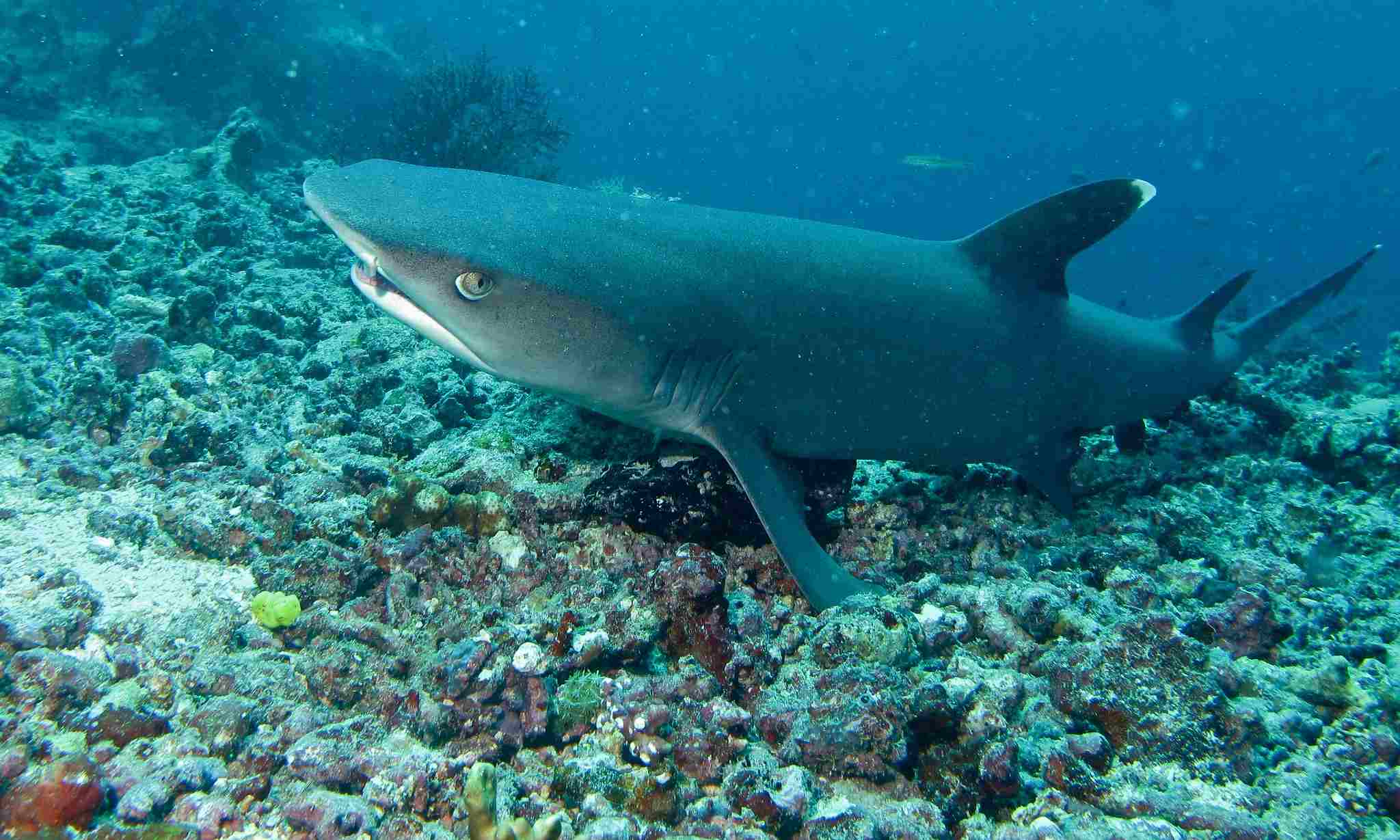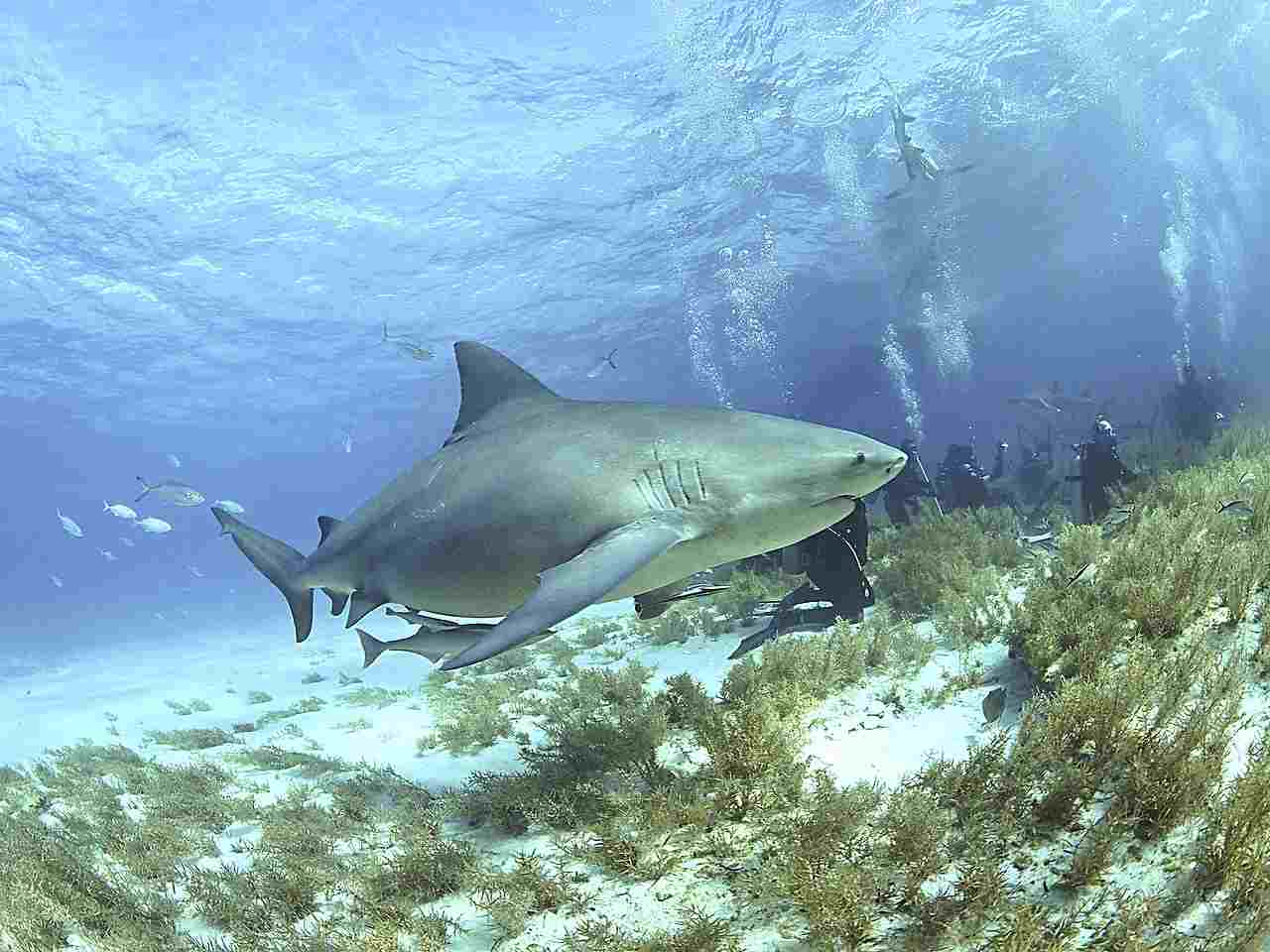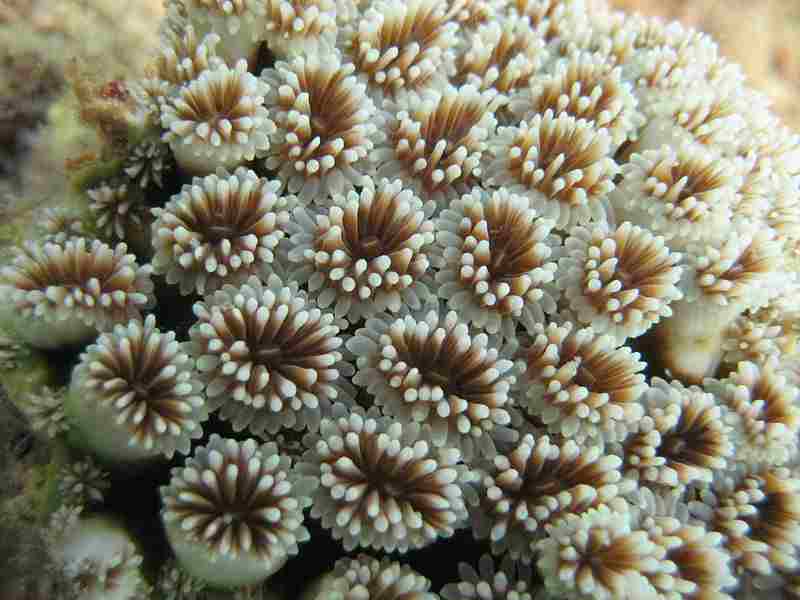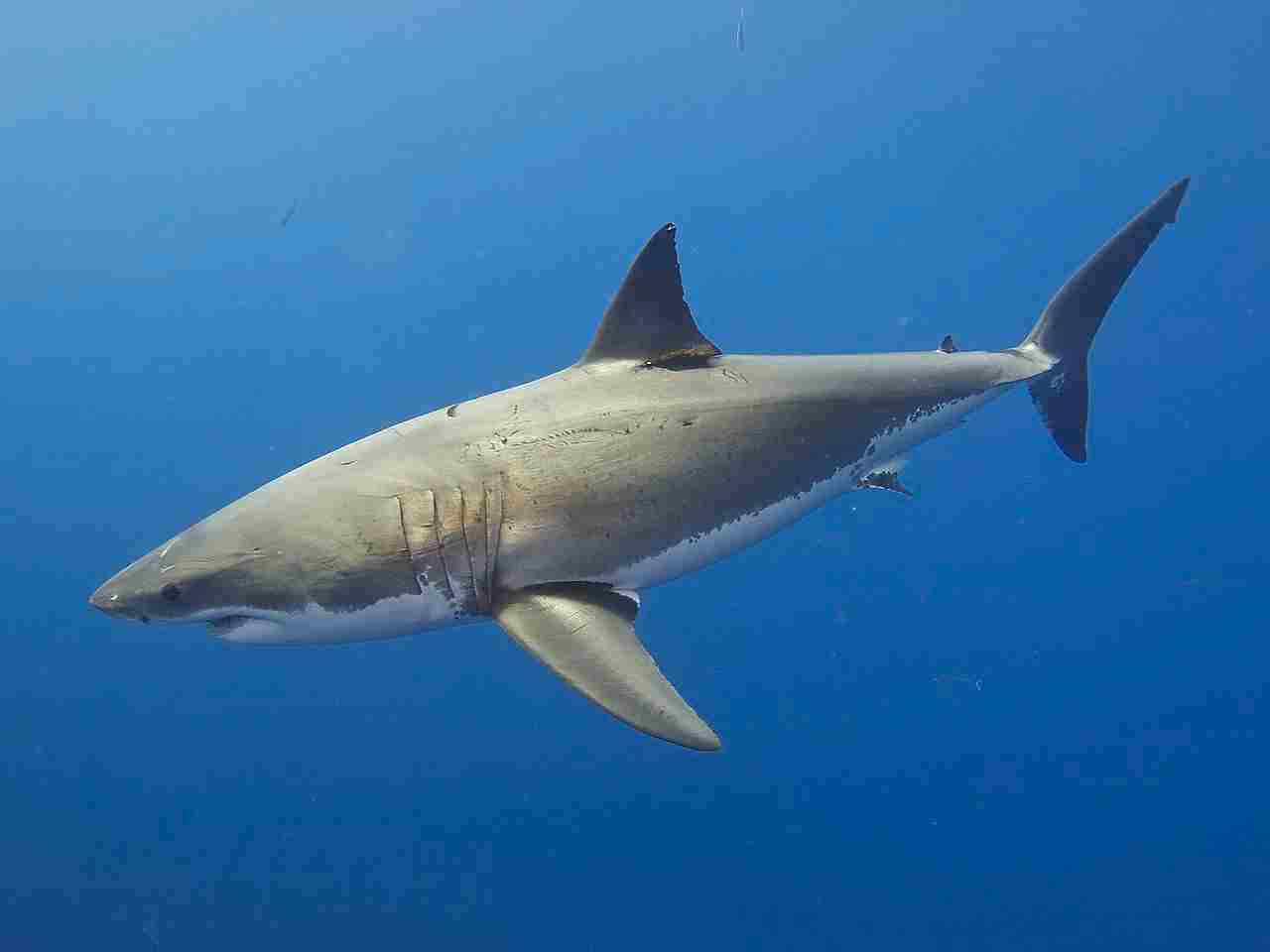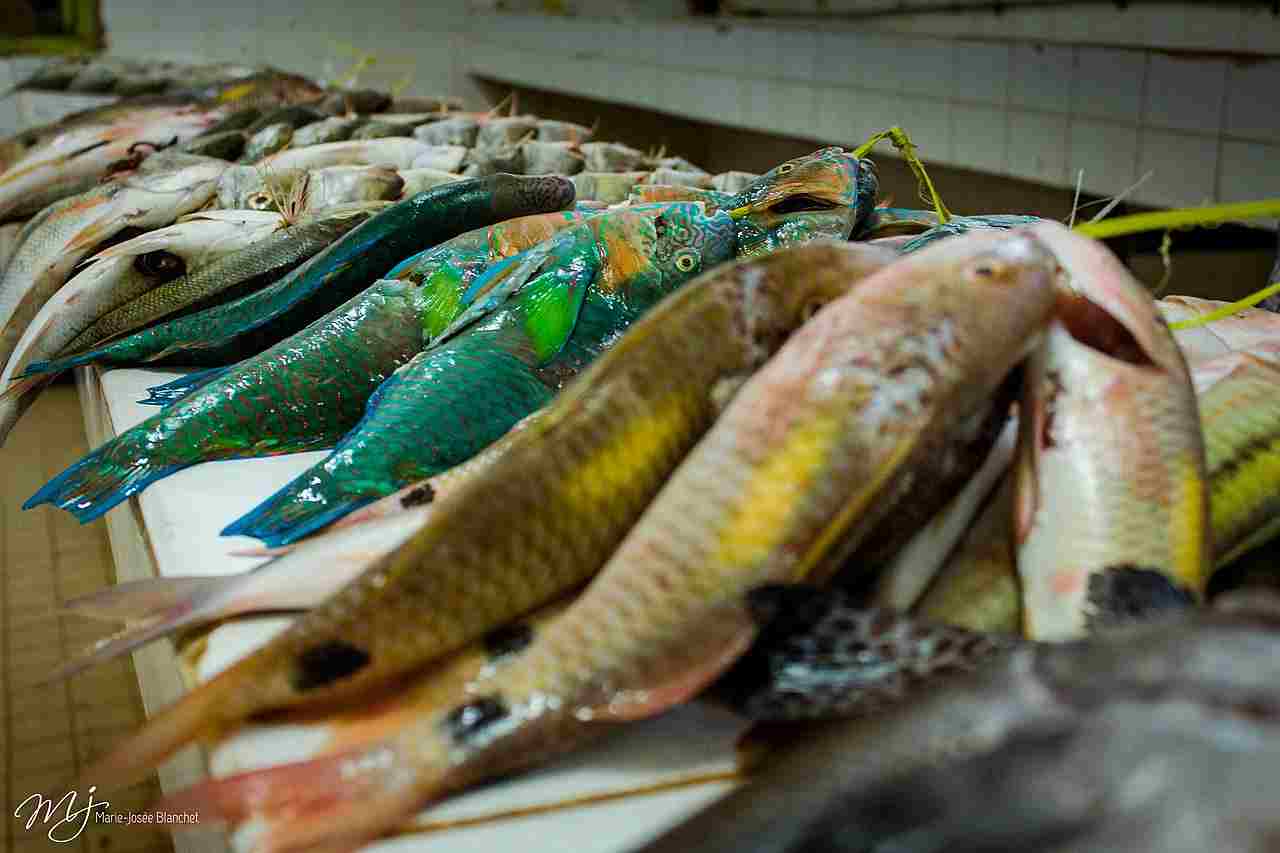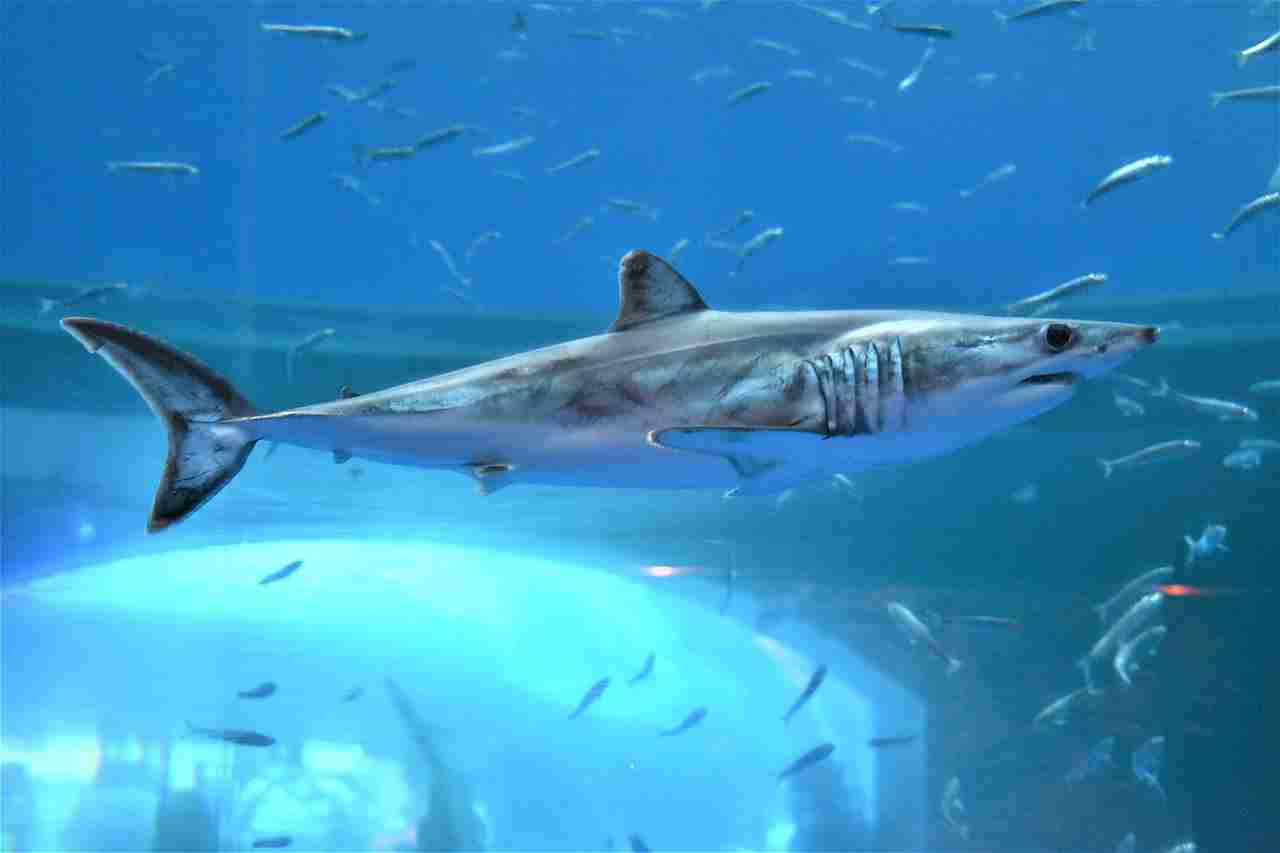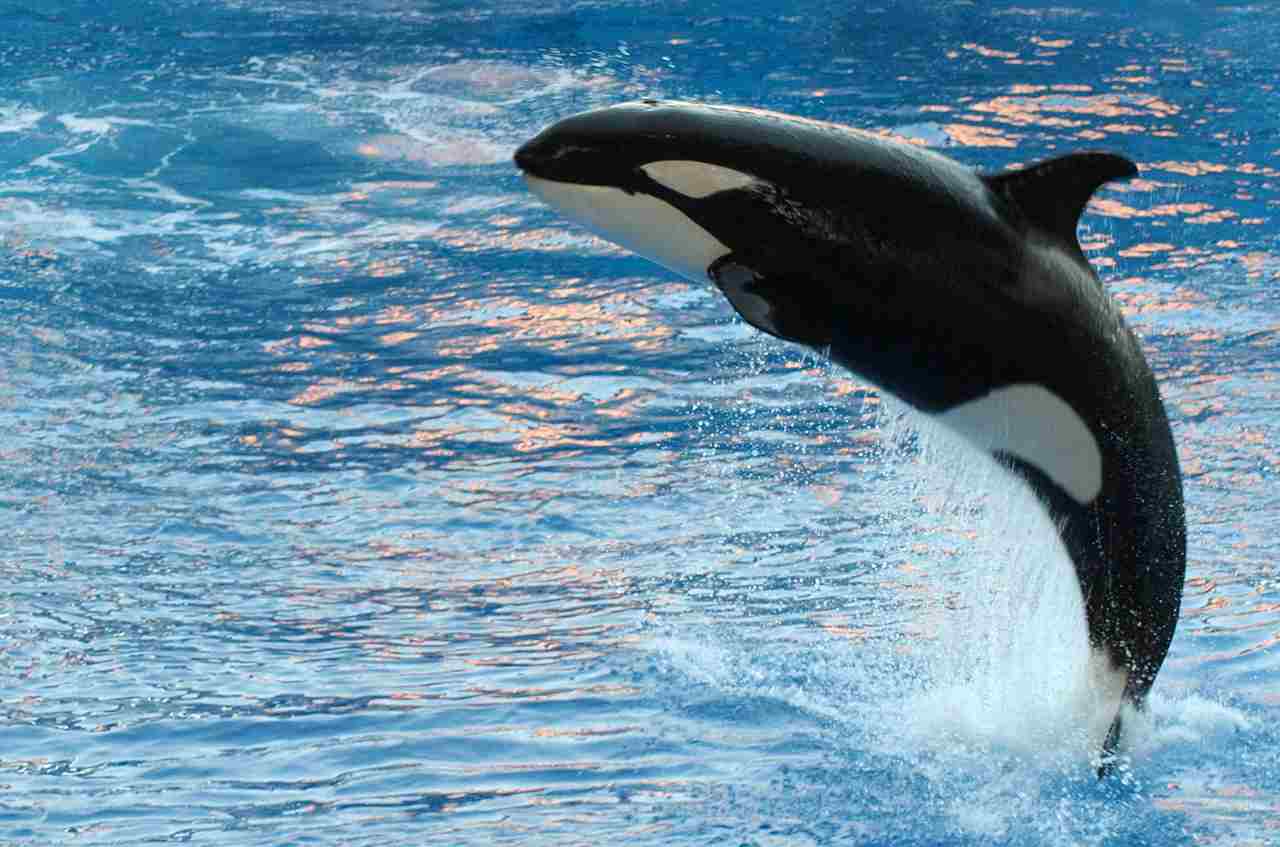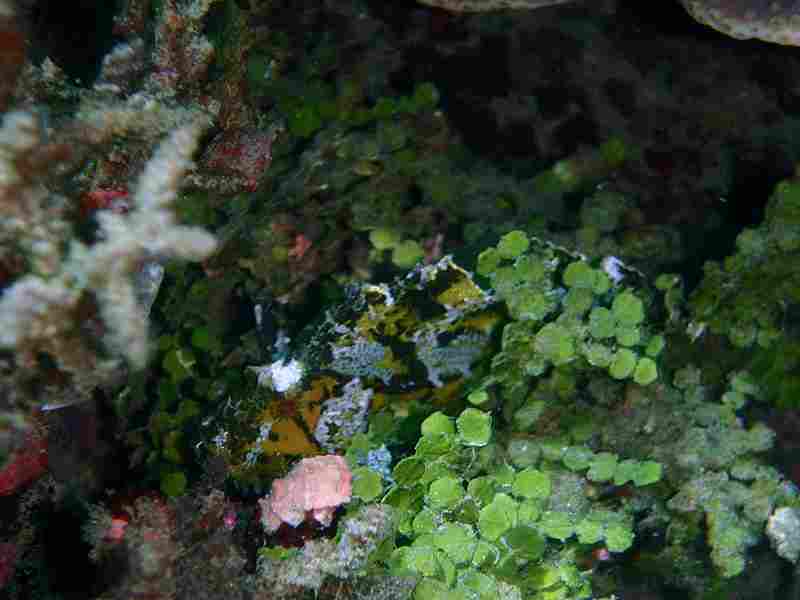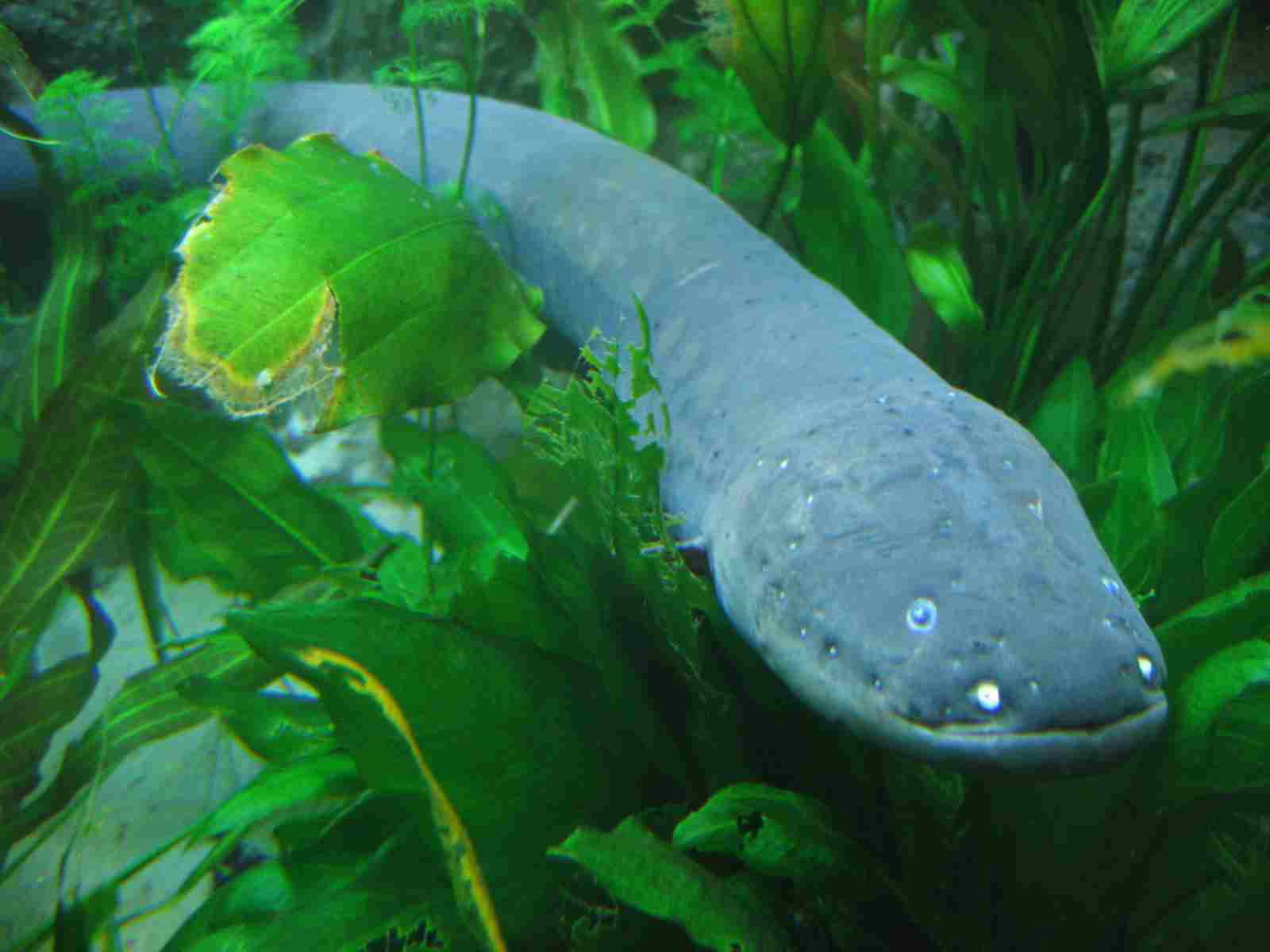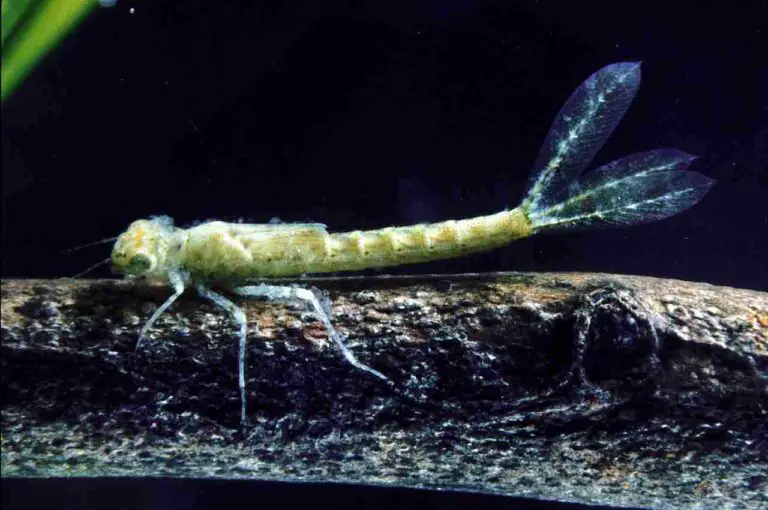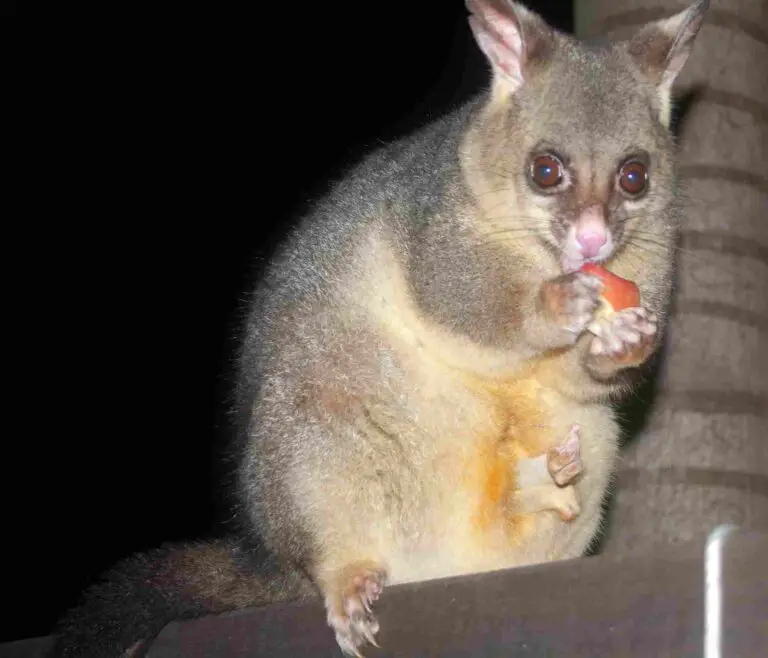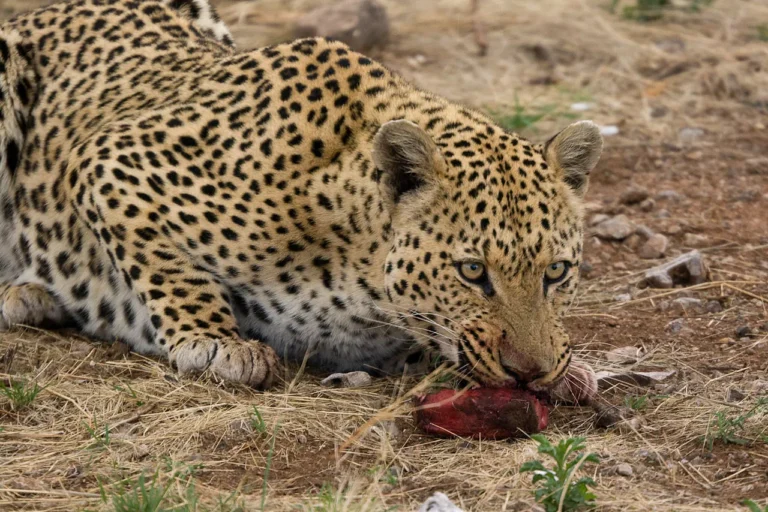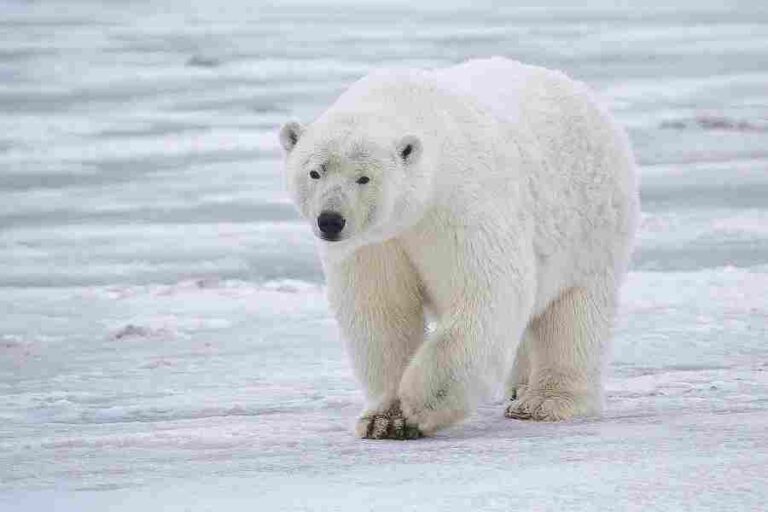9+ Carnivores in The Coral Reef Discussed
Carnivores in the coral reef are apex predators crucial for maintaining ecosystem balance by controlling prey populations and regulating the health of coral reef communities. These carnivores include sharks, barracudas, snappers, groupers, trumpetfish, monk seals, moray eels, seahorses, sea bass, and rays. Each species exhibits unique hunting techniques and plays a vital role in the intricate food web of the coral reef ecosystem. However, these carnivores face threats such as overfishing, habitat destruction, pollution, and climate change, highlighting the importance of conservation efforts to protect their populations and the resilience of coral reef ecosystems.
1. Shark
Sharks are apex predators of the coral reef ecosystem, commanding both fear and fascination due to their sleek, powerful bodies and sharp, predatory instincts. As one of the most iconic carnivores in the reef, they play a crucial role in maintaining the delicate balance of the marine environment. With their keen senses, including acute smell and electroreception, sharks are highly efficient hunters, able to detect prey from miles away.
Feeding primarily on fish, seals, and even other sharks, depending on the species, sharks are opportunistic feeders, often targeting weakened or injured individuals within a school of fish. Their streamlined bodies and powerful jaws equipped with rows of razor-sharp teeth make them formidable hunters, capable of delivering swift and deadly attacks. Despite their ferocious reputation, sharks are vital for controlling prey populations, thus preventing overgrazing of coral reefs by herbivorous fish.
However, sharks face numerous threats, including overfishing, habitat destruction, and climate change. Overfishing of sharks disrupts the delicate food web of the coral reef ecosystem, leading to cascading effects on other marine species. Additionally, habitat degradation and pollution further endanger shark populations, as they rely on healthy coral reefs for shelter and hunting grounds. Conservation efforts, including marine protected areas and sustainable fishing practices, are crucial for preserving these apex predators and maintaining the health of coral reef ecosystems worldwide.
2. Barracuda
Barracudas are sleek, predatory fish found in tropical and subtropical waters around the world, including coral reef ecosystems. With their elongated bodies, sharp teeth, and impressive speed, barracudas are formidable carnivores in the reef community. They are opportunistic hunters, preying on a variety of smaller fish, including reef-dwelling species like parrotfish and surgeonfish. Using their remarkable burst of speed, barracudas ambush their prey, often striking with lightning-fast precision.
These apex predators play a crucial role in regulating prey populations within the coral reef ecosystem, helping to maintain the balance of marine life. By targeting weaker or slower individuals, barracudas contribute to the overall health and diversity of the reef community. However, barracudas themselves are also vulnerable to predation, especially when they are young and smaller in size. Larger predators such as sharks, groupers, and even other barracudas may prey upon juvenile barracudas, influencing their population dynamics.
Despite their importance in the ecosystem, barracudas face threats from overfishing, habitat destruction, and pollution. Overfishing of barracudas can disrupt the delicate balance of the reef community, leading to cascading effects on other species. Additionally, habitat degradation and pollution can negatively impact barracuda populations, as they rely on healthy coral reefs for shelter and hunting grounds. Conservation efforts, including sustainable fishing practices and the protection of critical habitats, are essential for preserving these iconic predators and maintaining the resilience of coral reef ecosystems.
3. Snapper
Snappers are a diverse group of predatory fish found in coral reef ecosystems worldwide, known for their vibrant colors, sharp teeth, and voracious appetites. With their streamlined bodies and keen senses, snappers are efficient hunters, preying on a variety of smaller fish, crustaceans, and mollusks within the reef community. They play a crucial role in controlling prey populations, helping to maintain the balance of the marine ecosystem.
Snappers are opportunistic feeders, often hunting in schools or solitary depending on the species and prey availability. They use a combination of stealth, agility, and speed to capture their prey, darting in with lightning-fast strikes before retreating to safety. Some species of snappers are known for their distinctive hunting behaviors, such as using coral formations or shipwrecks as ambush points to surprise unsuspecting prey.
Despite their importance in the coral reef ecosystem, snappers face threats from overfishing, habitat degradation, and climate change. Overfishing of snappers can lead to population declines, disrupting the delicate balance of the reef community. Additionally, habitat destruction from activities such as dynamite fishing and coastal development can further threaten snapper populations, as they rely on healthy coral reefs for shelter and breeding grounds.
Conservation efforts, including the establishment of marine protected areas and the promotion of sustainable fishing practices, are essential for preserving snapper populations and maintaining the resilience of coral reef ecosystems. By protecting these iconic predators, we can help ensure the health and vitality of coral reefs for future generations.
4. Grouper
Grouper fish are prominent carnivores in coral reef ecosystems, known for their large size, formidable presence, and diverse hunting strategies. These predatory fish play a vital role in controlling the population of smaller reef fish and maintaining the ecological balance within the reef community. With their powerful jaws and sharp teeth, groupers are adept hunters, capable of preying on a variety of fish, crustaceans, and cephalopods.
One of the most striking features of groupers is their ability to change color and camouflage themselves within their surroundings, enabling them to ambush prey with stealth and precision. Some species of grouper are solitary hunters, patiently waiting for an opportunity to strike, while others hunt in groups, employing cooperative hunting tactics to corral and trap prey. Groupers are also known for their intelligence and problem-solving abilities, using their keen senses to locate hiding prey and overcome obstacles in their environment.
Despite their importance in maintaining the health of coral reef ecosystems, groupers face threats from overfishing, habitat destruction, and pollution. Overfishing of groupers can lead to population declines, disrupting the delicate balance of the reef community and causing cascading effects on other marine species. Additionally, habitat degradation from activities such as coral bleaching and sedimentation can further threaten grouper populations, as they rely on healthy coral reefs for shelter and breeding grounds.
Conservation efforts, including the establishment of marine protected areas and the implementation of sustainable fishing practices, are essential for preserving grouper populations and maintaining the resilience of coral reef ecosystems. By protecting these iconic predators, we can help ensure the long-term health and vitality of coral reefs for future generations.
5. Trumpetfish
Trumpetfish are unique carnivores found in coral reef ecosystems, distinguished by their elongated, tubular bodies and stealthy hunting tactics. These predatory fish are masters of camouflage, blending seamlessly into their surroundings to ambush unsuspecting prey. With their long snouts and small mouths, trumpetfish are well-adapted for feeding on small fish and crustaceans within the reef community.
Trumpetfish rely on their agility and patience to hunt, often drifting motionless among coral branches or hiding behind rocks and crevices until an opportunity presents itself. When prey comes within striking distance, trumpetfish use their quick reflexes to dart forward and engulf their target in a sudden burst of speed. Despite their relatively small size compared to other reef predators, trumpetfish are effective hunters, capable of capturing prey larger than themselves through stealth and surprise.
Despite their importance in the coral reef ecosystem, trumpetfish face threats from overfishing, habitat destruction, and climate change. Overfishing of trumpetfish can disrupt the delicate balance of the reef community, leading to declines in prey populations and affecting the overall health of the ecosystem. Additionally, habitat degradation from activities such as coral bleaching and pollution can further threaten trumpetfish populations, as they rely on healthy coral reefs for shelter and camouflage.
Conservation efforts, including the establishment of marine protected areas and the promotion of sustainable fishing practices, are crucial for preserving trumpetfish populations and maintaining the resilience of coral reef ecosystems. By protecting these unique predators, we can help ensure the continued diversity and stability of coral reefs for future generations.
6. Monk Seal
Monk seals are apex predators in coral reef ecosystems, known for their sleek bodies, powerful jaws, and remarkable hunting abilities. These marine mammals inhabit tropical and subtropical waters, including coral reef habitats, where they play a crucial role in regulating the populations of reef fish and maintaining ecosystem balance. Monk seals primarily prey on a variety of fish species, including reef-dwelling fish like surgeonfish and parrotfish, as well as cephalopods and crustaceans.
Despite their relatively small size compared to other marine predators, monk seals are highly skilled hunters, using their agility and stealth to navigate through coral formations and hunt their prey. With their keen senses of sight, smell, and hearing, monk seals are able to locate and capture prey with remarkable precision, often employing ambush tactics to surprise unsuspecting fish. Monk seals are also known for their intelligence and problem-solving abilities, using innovative hunting strategies to overcome challenges in their environment.
Despite their importance in coral reef ecosystems, monk seals face numerous threats, including habitat destruction, overfishing, and human disturbance. Habitat degradation from activities such as coastal development and pollution can disrupt monk seal populations by reducing the availability of suitable foraging grounds and breeding sites. Overfishing of prey species can also impact monk seal populations by reducing food availability and competition for resources.
Conservation efforts, including the establishment of marine protected areas and the implementation of sustainable fishing practices, are crucial for preserving monk seal populations and maintaining the health of coral reef ecosystems. By protecting these iconic predators and their habitats, we can help ensure the long-term survival of monk seals and the resilience of coral reef ecosystems for future generations.
7. Moray Eel
Moray eels are fascinating carnivores found in coral reef ecosystems, characterized by their elongated bodies, sharp teeth, and secretive nature. These predatory fish inhabit crevices and burrows within coral reefs, where they patiently wait to ambush passing prey. Moray eels are opportunistic hunters, preying on a variety of fish, crustaceans, and cephalopods, using their strong jaws and backward-pointing teeth to capture and swallow their prey whole.
One of the most remarkable features of moray eels is their ability to hunt both during the day and at night, using their keen senses of smell and touch to locate prey in low-light conditions. Despite their lack of fins, moray eels are agile swimmers, capable of darting out of hiding to surprise unsuspecting prey with lightning-fast strikes. Some species of moray eels also engage in cooperative hunting behaviors, working together to corner and capture larger prey.
Despite their importance in coral reef ecosystems, moray eels face threats from overfishing, habitat destruction, and pollution. Overfishing of moray eels can disrupt the delicate balance of the reef community, leading to declines in prey populations and affecting the overall health of the ecosystem. Additionally, habitat degradation from activities such as coral bleaching and sedimentation can further threaten moray eel populations, as they rely on healthy coral reefs for shelter and breeding grounds.
Conservation efforts, including the establishment of marine protected areas and the promotion of sustainable fishing practices, are essential for preserving moray eel populations and maintaining the resilience of coral reef ecosystems. By protecting these enigmatic predators and their habitats, we can help ensure the long-term survival of moray eels and the health of coral reef ecosystems for future generations.
8. Seahorse
Seahorses are unique and charismatic carnivores that inhabit coral reef ecosystems, known for their distinctive appearance, slow swimming speed, and specialized hunting techniques. Despite their small size, seahorses are efficient predators, feeding primarily on tiny crustaceans such as shrimp and copepods. Their elongated snouts and tubular mouths allow them to suck prey into their mouths with precision and efficiency.
Seahorses are often found clinging to coral branches or seagrass beds, using their prehensile tails to anchor themselves against the currents. From their stationary positions, seahorses wait patiently for passing prey, using their camouflaged bodies to blend into their surroundings and ambush unsuspecting prey. Despite their relatively limited mobility, seahorses are capable of rapid strikes when hunting, capturing prey with lightning-fast movements of their snouts.
Despite their unique adaptations and important role in coral reef ecosystems, seahorses face numerous threats, including habitat destruction, overfishing, and the exotic pet trade. Destruction of coral reefs and seagrass habitats can reduce the availability of suitable habitat for seahorses, while overfishing of their prey species can lead to declines in food availability. Additionally, the capture of seahorses for the aquarium trade has put additional pressure on wild populations, contributing to their decline.
Conservation efforts, including the establishment of marine protected areas and the regulation of the aquarium trade, are essential for preserving seahorse populations and maintaining the health of coral reef ecosystems. By protecting these unique and vulnerable predators and their habitats, we can help ensure the long-term survival of seahorses and the resilience of coral reef ecosystems for future generations.
9. Sea Bass
Sea bass are powerful carnivores found in coral reef ecosystems, characterized by their large size, muscular bodies, and voracious appetites. These predatory fish play a crucial role in controlling the population of smaller reef fish and maintaining ecosystem balance. Sea bass are opportunistic hunters, preying on a variety of fish, crustaceans, and cephalopods within the reef community.
Sea bass are apex predators, meaning they occupy the top of the food chain in coral reef ecosystems. With their sharp teeth and powerful jaws, sea bass are formidable hunters, capable of capturing prey with lightning-fast strikes. They use a combination of stealth, speed, and agility to ambush unsuspecting prey, often targeting smaller fish or crustaceans hiding among coral formations or rocky outcrops.
Despite their importance in maintaining the health of coral reef ecosystems, sea bass face threats from overfishing, habitat destruction, and pollution. Overfishing of sea bass can lead to population declines, disrupting the delicate balance of the reef community and causing cascading effects on other marine species. Additionally, habitat degradation from activities such as coral bleaching and sedimentation can further threaten sea bass populations, as they rely on healthy coral reefs for shelter and breeding grounds.
Conservation efforts, including the establishment of marine protected areas and the implementation of sustainable fishing practices, are crucial for preserving sea bass populations and maintaining the resilience of coral reef ecosystems. By protecting these iconic predators and their habitats, we can help ensure the long-term survival of sea bass and the health of coral reef ecosystems for future generations.
10. Ray
Rays are fascinating carnivores found in coral reef ecosystems, known for their flattened bodies, wing-like pectoral fins, and unique hunting techniques. These cartilaginous fish are closely related to sharks and share many of their predatory adaptations. Rays inhabit a variety of habitats within coral reefs, from sandy bottoms to rocky outcrops, where they hunt for a diverse array of prey.
Rays are opportunistic feeders, preying on a variety of fish, crustaceans, and mollusks within the reef community. They use their specialized mouths, equipped with plate-like teeth, to crush and consume hard-shelled prey such as clams and crabs. Some species of rays also use their electroreceptive abilities to detect buried prey in the sand, stunning them with bursts of electric energy before capturing them with their powerful jaws.
Despite their importance in coral reef ecosystems, rays face threats from overfishing, habitat destruction, and climate change. Overfishing of rays can disrupt the delicate balance of the reef community, leading to declines in prey populations and affecting the overall health of the ecosystem. Additionally, habitat degradation from activities such as coastal development and pollution can further threaten ray populations, as they rely on healthy coral reefs for shelter and breeding grounds.
Conservation efforts, including the establishment of marine protected areas and the implementation of sustainable fishing practices, are essential for preserving ray populations and maintaining the resilience of coral reef ecosystems. By protecting these iconic predators and their habitats, we can help ensure the long-term survival of rays and the health of coral reef ecosystems for future generations.
*Summary
Sharks, barracudas, snappers, groupers, trumpetfish, monk seals, moray eels, seahorses, sea bass, and rays are carnivores in coral reef ecosystems.
They play crucial roles in controlling prey populations and maintaining ecosystem balance.
These carnivores exhibit diverse hunting techniques, including ambush tactics, cooperative hunting, and specialized feeding adaptations.
Threats to these carnivores include overfishing, habitat destruction, pollution, and the exotic pet trade.
Conservation efforts, such as marine protected areas and sustainable fishing practices, are essential for their preservation and the health of coral reef ecosystems.
| Carnivores | Key Points |
| Sharks |
Apex predators with keen senses and crucial for maintaining prey populations.
|
| Barracudas |
Formidable hunters, ambush prey, and contribute to ecosystem balance.
|
| Snappers |
Diverse hunters, prey on various species, and control reef fish populations.
|
| Groupers |
Large, powerful predators, employ camouflage, and play vital roles in the reef.
|
| Trumpetfish |
Unique hunters, blend into surroundings, and feed on small crustaceans.
|
| Monk Seals |
Marine mammals, adept hunters, and regulate reef fish populations.
|
| Moray Eels |
Stealthy predators, ambush prey, and hunt both day and night.
|
| Seahorses |
Camouflaged hunters, feed on small crustaceans, and vulnerable to habitat loss.
|
| Sea Bass |
Apex predators, consume various prey, and vital for ecosystem health.
|
| Rays |
Flattened bodies, diverse diets, and threatened by overfishing and habitat loss.
|
